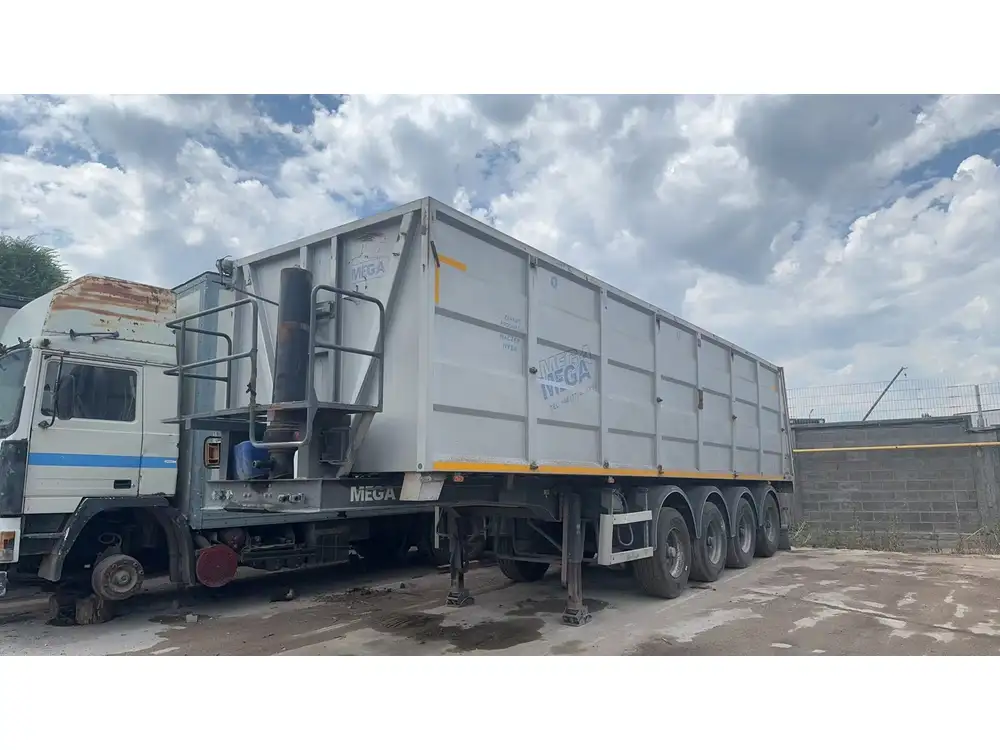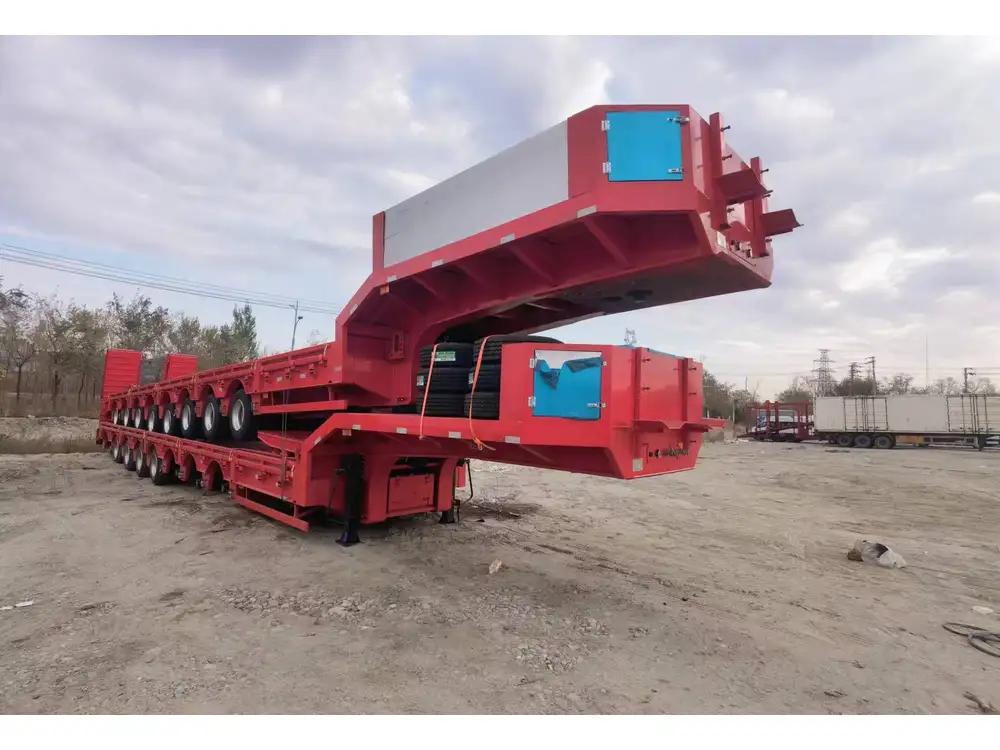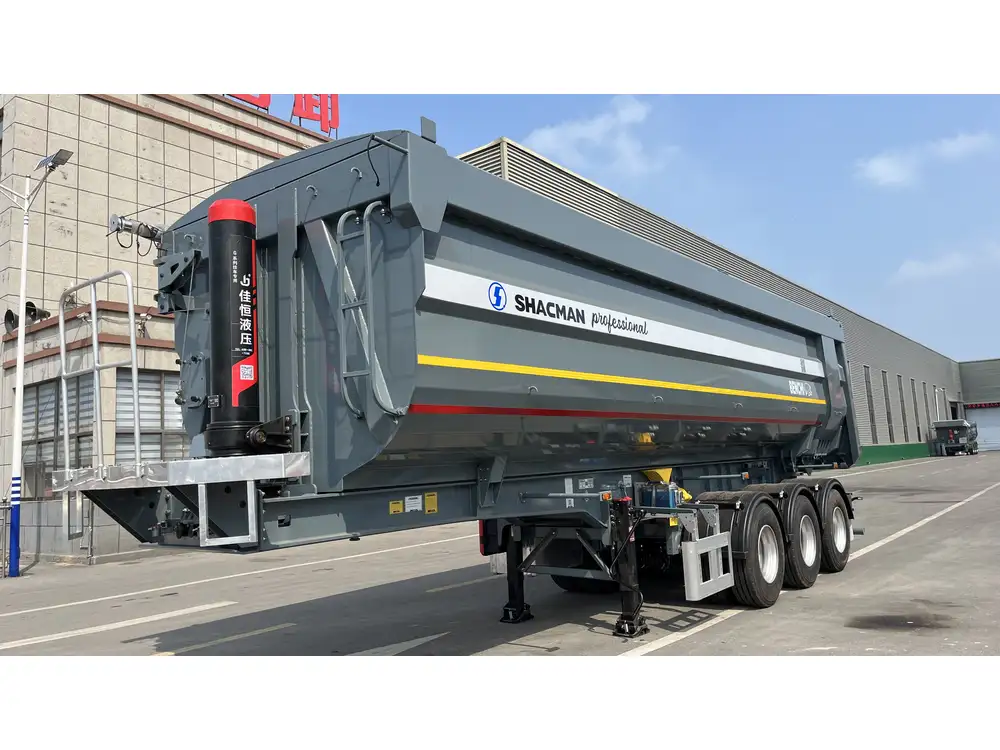When it comes to the transportation of goods, a flatbed trailer is indispensable for various industries. Whether you are a contractor, a freight company, or even a private individual needing to move equipment, understanding the nuances of flatbed trailers can significantly enhance your efficiency and success. This guide provides an in-depth look at what makes the best flatbed trailer, factors affecting your choice, and valuable comparisons to assist in making a well-informed decision.
Understanding Flatbed Trailers: The Basics
Flatbed trailers are designed without side walls or a roof, making them highly versatile for transporting oversized or irregularly shaped loads. They typically have a flat, level surface for easy loading and unloading, allowing for the transportation of heavy machinery, building materials, and other large items.
Key Types of Flatbed Trailers:
| Trailer Type | Description | Ideal Use Cases |
|---|---|---|
| Standard Flatbed | Open trailer with a flat surface. | Versatile transport of various loads. |
| Drop Deck | Has a lower deck for easier loading/unloading. | Height-restricted cargo, construction materials. |
| Extendable Flatbed | Can be lengthened for larger loads. | Extra-long loads, innovative shipments. |
| Tilt Bed | Bed can tilt for easier loading. | Heavy machinery and equipment. |

Essential Features of the Best Flatbed Trailers
To determine the best flatbed trailer for your specific needs, consider the following features:
1. Material and Durability
The construction material of a trailer greatly influences its longevity and performance. Most flatbed trailers are constructed from:
- Steel: Heavy-duty and highly durable but can be prone to rust if not adequately maintained.
- Aluminum: Lightweight and rust-resistant, ideal for reducing fuel consumption yet may compromise strength if not properly engineered.
Choosing the right material will depend on your predicted load, frequency of use, and environmental conditions.
2. Weight Capacity and Size
Understanding the load capacity is critical. Flatbed trailers come in various sizes and weight ratings, from 5,000 lbs to over 30,000 lbs.
- Payload Capacity: The maximum weight a trailer can carry, including its own weight.
- Length Options: Standard sizes range from 20 to 53 feet. Ensure you choose a size that sufficiently accommodates your most common loads.

3. Suspension Systems
The suspension system of a flatbed trailer impacts the overall ride quality and load stability. Various systems include:
- Leaf Spring Suspension: Offers a simple and effective solution for weight distribution.
- Air Ride Suspension: Provides superior shock absorption, maintains load integrity, and reduces wear on tires.
A better suspension system can also lead to lower maintenance costs over time.
Comparing Popular Flatbed Trailers
In an ever-evolving market, different brands and models may suit various applications. Here’s a comparison of some popular flatbed trailers based on key aspects:
Brand Comparison Table
| Brand/Model | Material | Capacity | Price Range | Notable Features |
|---|---|---|---|---|
| Fontaine | Steel/Aluminum | Up to 40,000 lbs | $5,000 – $12,000 | Lightweight, customizable options |
| Trail King | Steel | Up to 60,000 lbs | $8,000 – $15,000 | Modular build for various configurations |
| PJ Trailers | Steel | Up to 20,000 lbs | $3,500 – $8,000 | Affordable, high-quality finishes |
| Load Trail | Steel | Up to 20,000 lbs | $3,800 – $9,000 | Versatile uses with safety features |
Each manufacturer has unique benefits that might align with your needs, balancing cost against the long-term value provided by each trailer.

Considerations for Choosing the Right Flatbed Trailer
Every potential flatbed trailer owner should take into account several variables to ensure a suitable match for their operational needs.
1. Intended Use
Think about your primary transportation needs. Will you be hauling construction materials, agricultural loads, or machinery? Each use case will define the specific features necessary.
2. Regulatory Requirements
Before making a purchase, familiarize yourself with local, state, and federal regulations concerning trailer dimensions, weights, and safety measures to ensure compliance.

3. Ease of Use
Evaluate how easy it is to load and unload cargo. Features such as ramps, tie-down points, and the overall design of the trailer can significantly influence user experience.
The Cost of Owning a Flatbed Trailer
The initial cost is just the beginning. Understanding the full scope of ownership, including maintenance, insurance, and operational costs, is crucial.
Breakdown of Ownership Costs:
- Initial Purchase Price: As referenced in the comparison table, expect to invest between $3,500 and $15,000 depending on your choice.
- Insurance: Coverage can range from $500 to $1,500 annually based on the value of the trailer and its usage.
- Maintenance Costs: Regular upkeep might average $500 to $2,000 per year, factoring in inspections, repairs, and replacements of parts like tires and brakes.
- Operational Expenses: Fuel efficiency and potential loading/unloading methods affect your cost structure, especially if you hire labor for assistance.

Maintenance Tips for Longevity
To prolong the life of your flatbed trailer, follow these essential maintenance tips:
1. Regular Inspections
Conduct thorough inspections at least quarterly. Check for:
- Rust and corrosion, especially if the trailer has a steel frame.
- Tire pressure and wear.
- Structural integrity, including the condition of the bed and supports.
2. Cleaning
Regularly clean the trailer to remove dirt, debris, and road chemicals that can cause deterioration.

3. Lubrication
Ensure adequate lubrication of hinge points and axles to prevent wear and maintain smooth function.
Conclusion: The Path to the Right Flatbed Trailer
Choosing the best flatbed trailer demands careful consideration of various factors like material composition, load capacity, and intended use. By gaining a thorough understanding of these components, users can make an informed decision that promises both efficiency and investment longevity.
In sum, whether you prioritize cost, versatility, or specific features, the perfect flatbed trailer is within reach. Explore options, consult with manufacturers, and align your choice with your operational needs. This strategic approach not only enhances productivity but ensures your investment meets the test of time, providing value for countless hauls in the years ahead.
Further Resources and Comparisons
For those looking to delve deeper or compare various flatbed trailers, consider checking industry-leading websites and forums that offer peer reviews, and detailed specifications. Engaging with fellow trailer users can provide invaluable insights and up-to-date information on the latest models and trends.
Armed with this knowledge, navigating the path to the ideal flatbed trailer will become an informed and confident journey.



